
Method for Using Lead-to-lithium Batteries
Using lead-to-lithium batteries involves understanding both the transition from lead-acid to lithium-ion battery technology and

Using lead-to-lithium batteries involves understanding both the transition from lead-acid to lithium-ion battery technology and
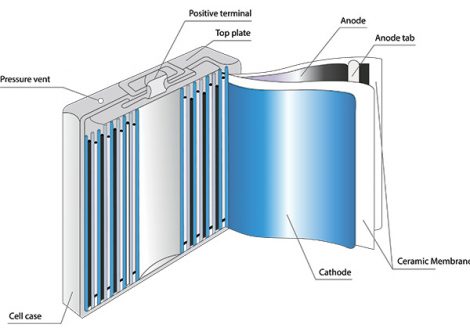
Structure and Design Working Principle Advantages In conclusion, the internal structure of lead-to-lithium batteries is
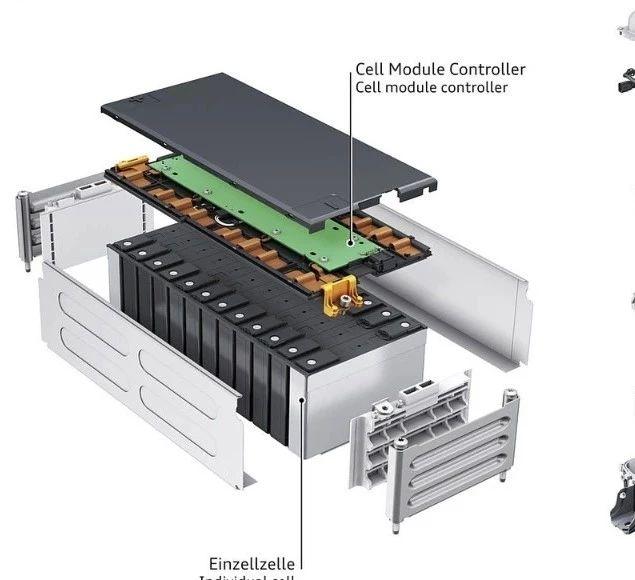
The internal structure of a lead-to-lithium battery is designed to integrate elements from both lead-acid

Lead-to-lithium batteries do not contain lead acid in the traditional sense. Instead, they are a
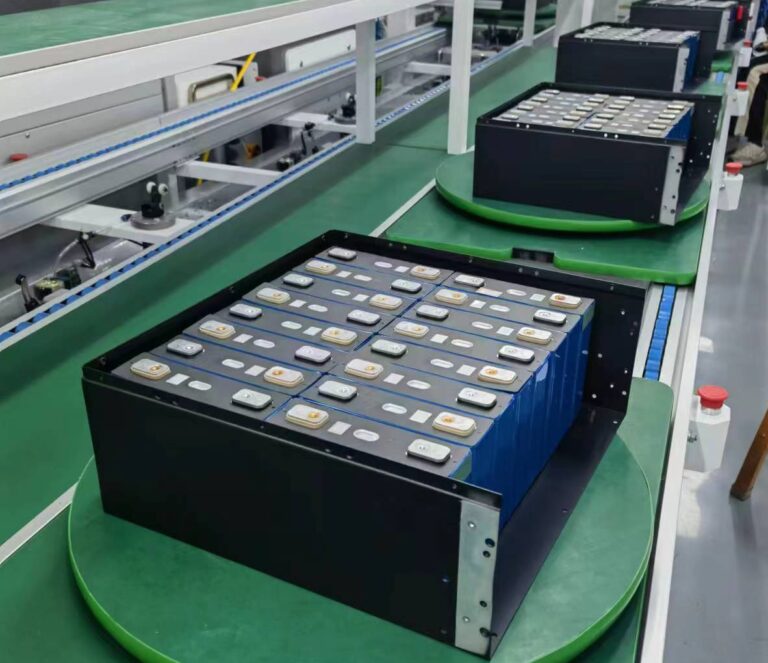
Lead-to-lithium (Pb-to-Li) battery technology combines lead-acid and lithium-ion battery chemistries to leverage the advantages of
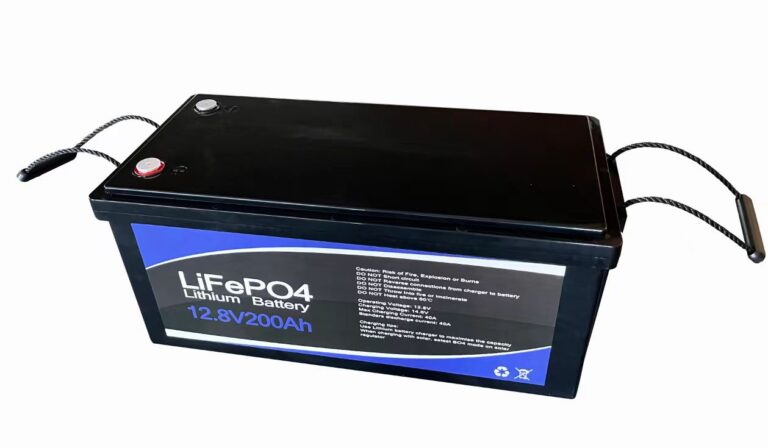
Lead-to-lithium batteries are an upgrade process where traditional lead-acid batteries are replaced with lithium-ion batteries.
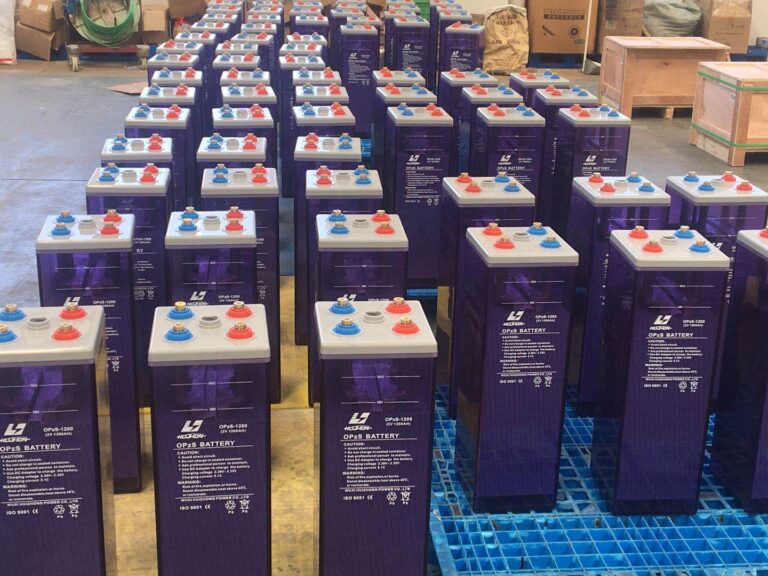
OPzS (OpzS) batteries, also known as tubular plate batteries, are a type of lead-acid battery

Lead-acid batteries generally do not spontaneously combust, but they can pose safety hazards under certain

An OPzS (OpzS = Ortsfeste Panzerplattenzellen, which translates to “stationary tubular plate cells”) battery is

An OPzV battery (OpzS with valve regulation, gel type) is a type of valve-regulated lead-acid